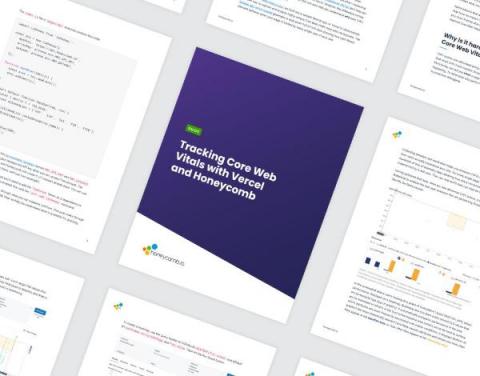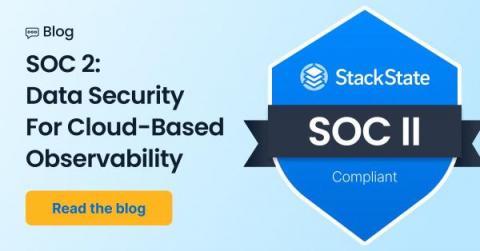Operations | Monitoring | ITSM | DevOps | Cloud
Latest News
Ask Miss O11y: What Should An "Observability Team" Do?
I care a lot about instrumentation and telemetry and OpenTelemetry, so I was thinking of joining the observability engineering team at my company… but it seems like they spend all their time managing Prometheus and Grafana. I guess I was expecting something very different?
Data Observability Explained: How Observability Improves Data Workflows
Organizations in every industry are becoming increasingly dependent upon data to drive more efficient business processes and a better user experience. As the data collection and preparation processes that support these initiatives grow more complex, the likelihood of failures, performance bottlenecks, and quality issues within data workflows also increases.
Shaping an Observability Journey for the Future
Tracking Core Web Vitals with Honeycomb and Vercel
Google’s Core Web Vitals (CWVs) are used to rank the performance of mobile sites or pages. It’s easy to see when your CWV scores are low, but it’s not always clear exactly why that’s happening. In Honeycomb’s new guide, Tracking Core Web Vitals with Honeycomb and Vercel, you can learn how to capture, analyze, and debug your real-world CWV performance using a free Honeycomb account.
How Observability Can Get Expensive, and How to Fix It
How much does monitoring and observability actually cost us? We all collect logs, metrics, traces, and possibly other telemetry data. Yet, this can get expensive pretty quickly, especially in today’s microservices-based systems.
Not 3 pillars but a single whole to help customers solve issues faster
Adding Code Tags to Your OpenTelemetry Spans
In this article, I’m going to walk you through adding attributes to your spans in.NET that contain information about the code that generated the span. We’ll also look at ways to do this automatically using a library I’ve created.
SOC 2: Data Security For Cloud-Based Observability
As more companies adopt SaaS services over on-premise delivery models, there is a natural concern around data security and platform availability. Words on a vendor’s website can provide insights to prospective customers on the process and policies that companies have in place to alleviate these concerns. However, the old adage of “actions speak louder than words” does apply. Trust in a website’s words only goes so far.
"Why Are My Tests So Slow?" A List of Likely Suspects, Anti-Patterns, and Unresolved Personal Trauma
“Lead time to deploy” means the interval from when the code gets written to when it’s been deployed to production. It has also been described as “how long it takes you to run CI/CD.” How important is it? It’s nigh-on impossible to have a high-performing team if you have a long lead time, and shortening your lead time makes your team perform better, both directly and indirectly.











